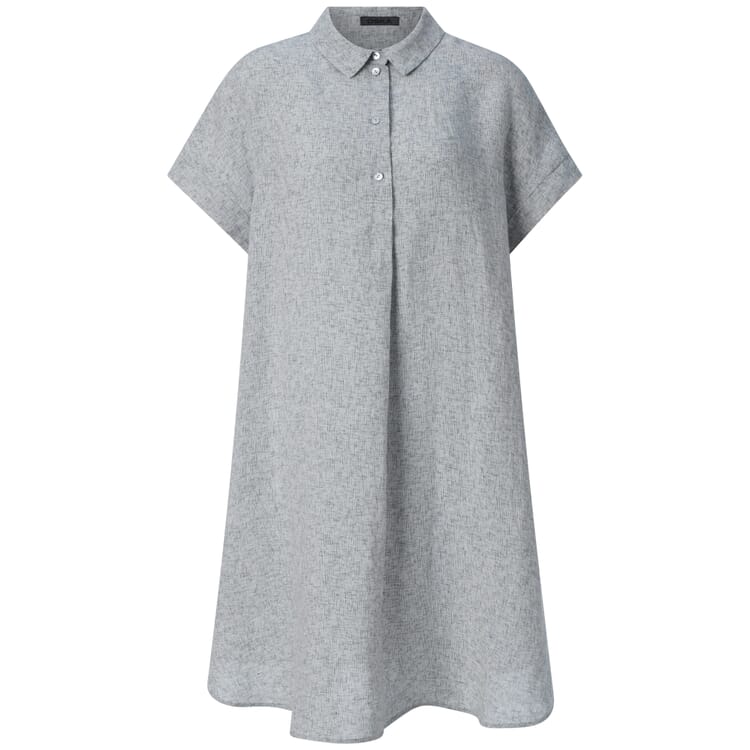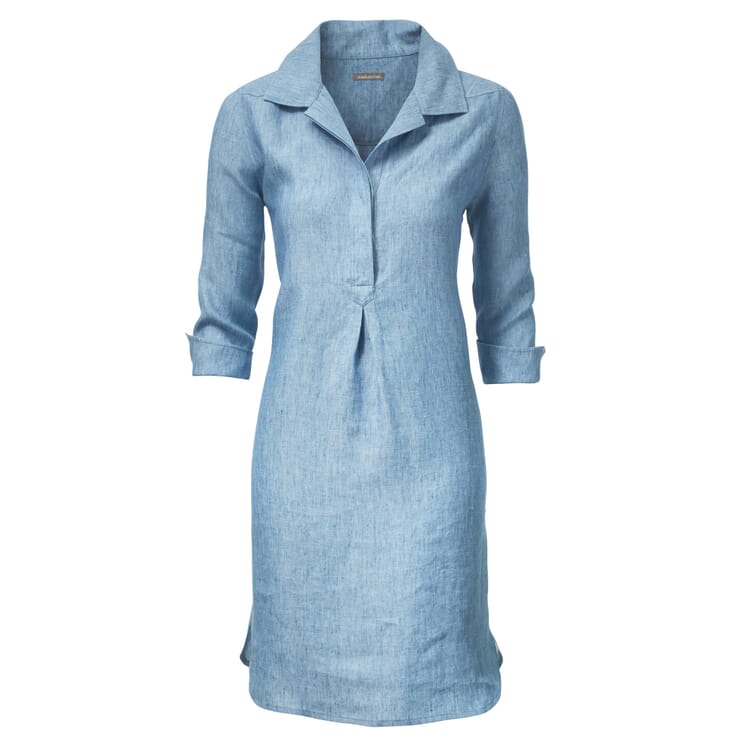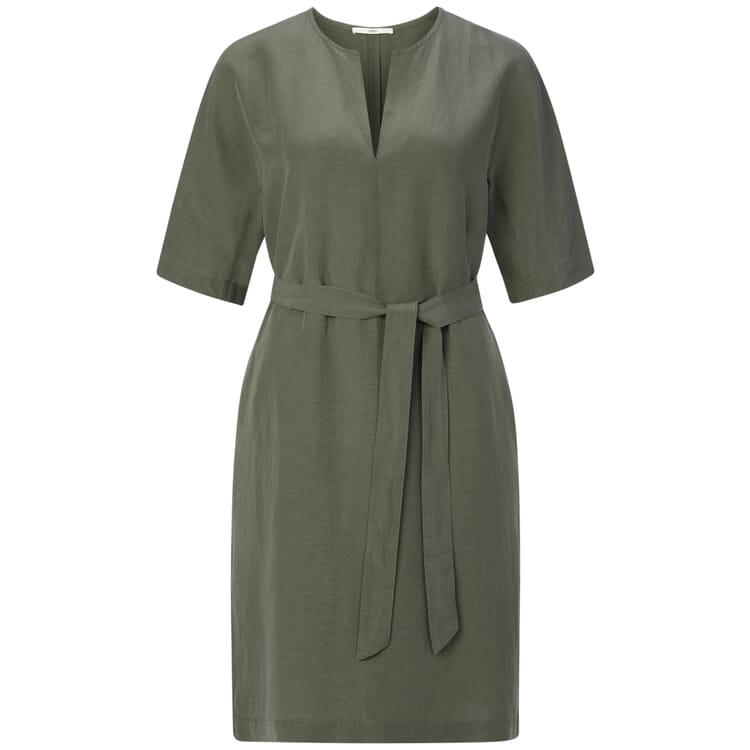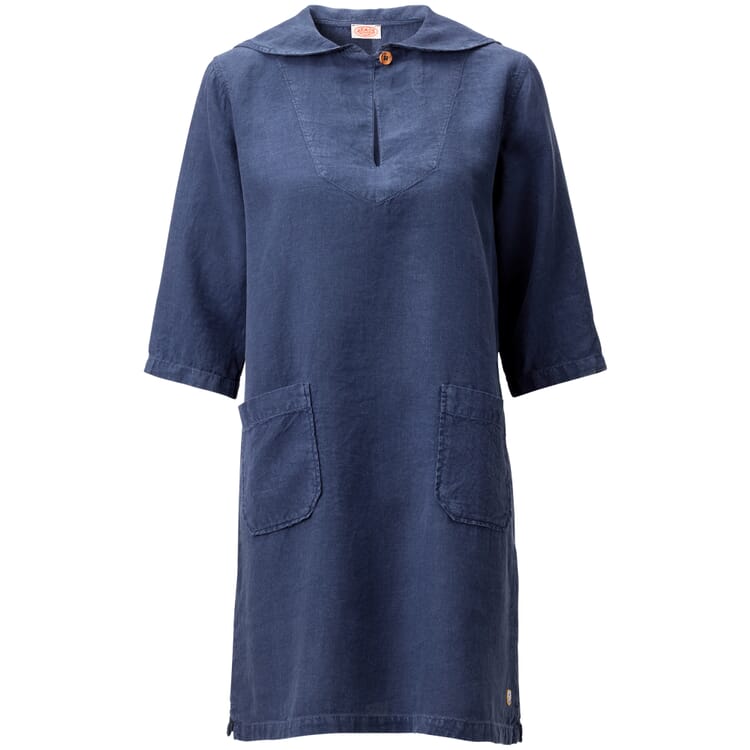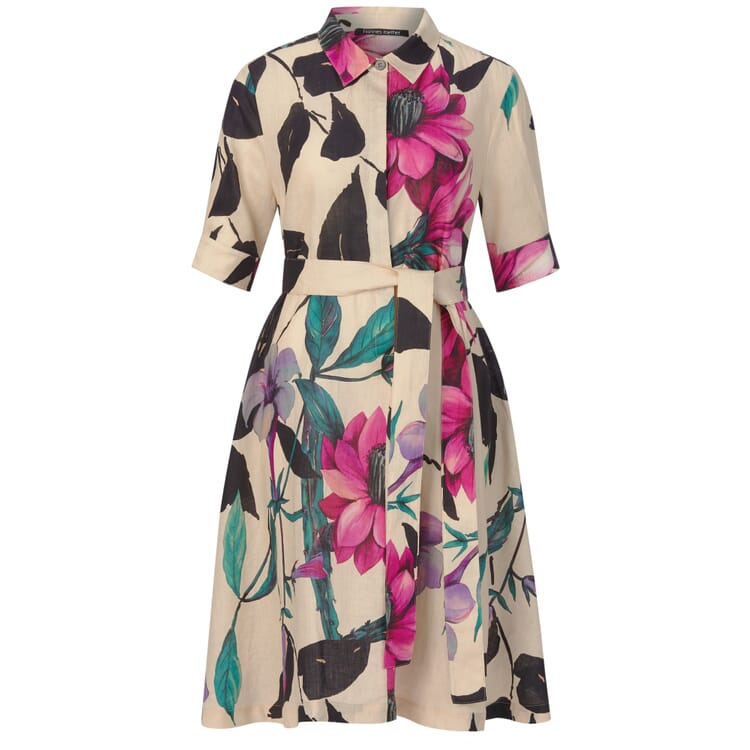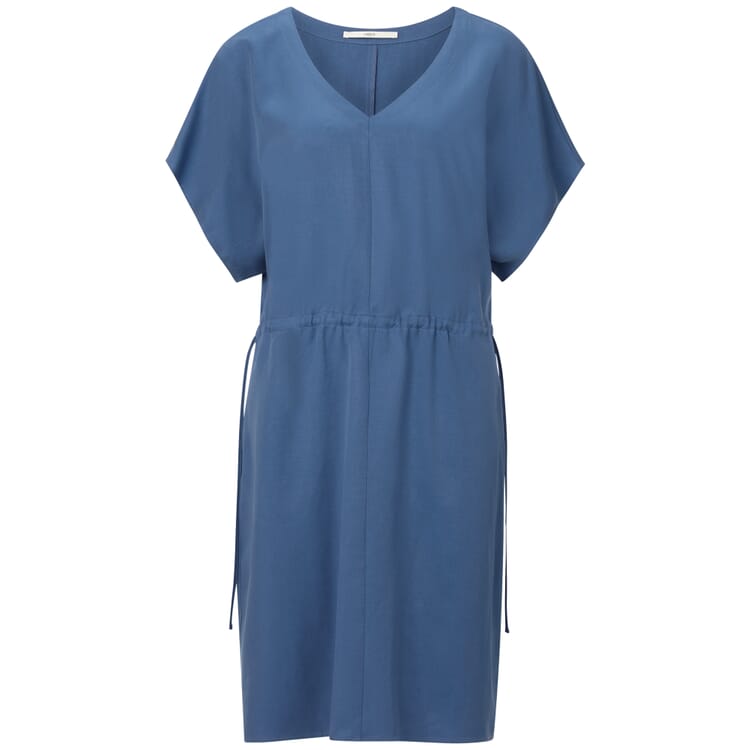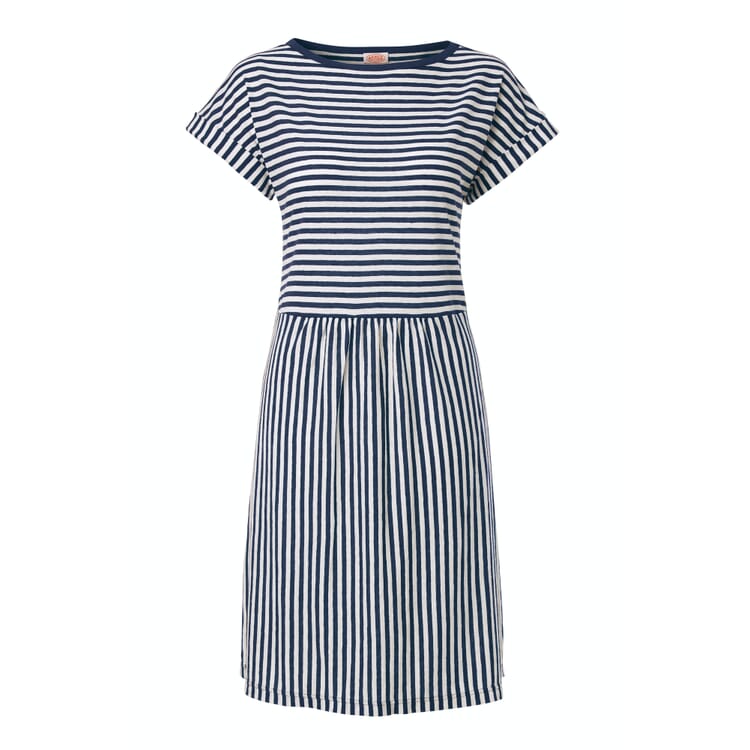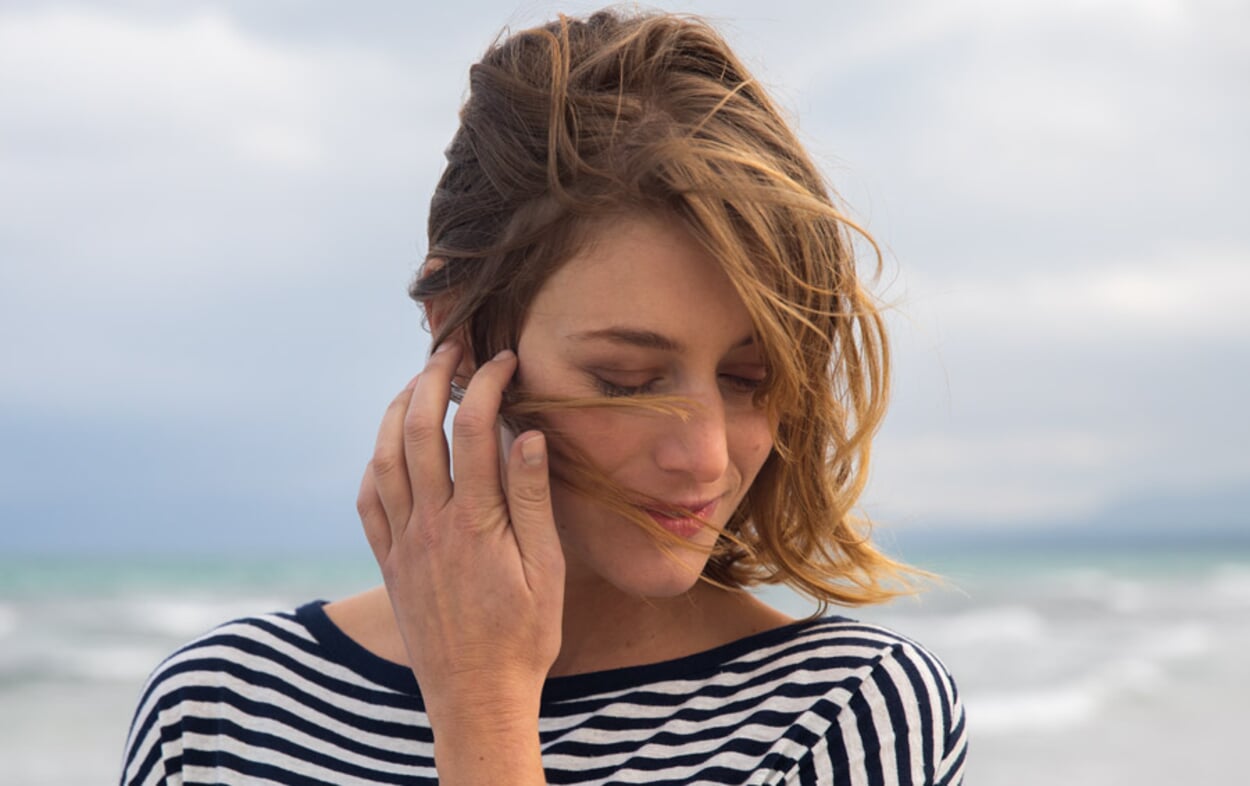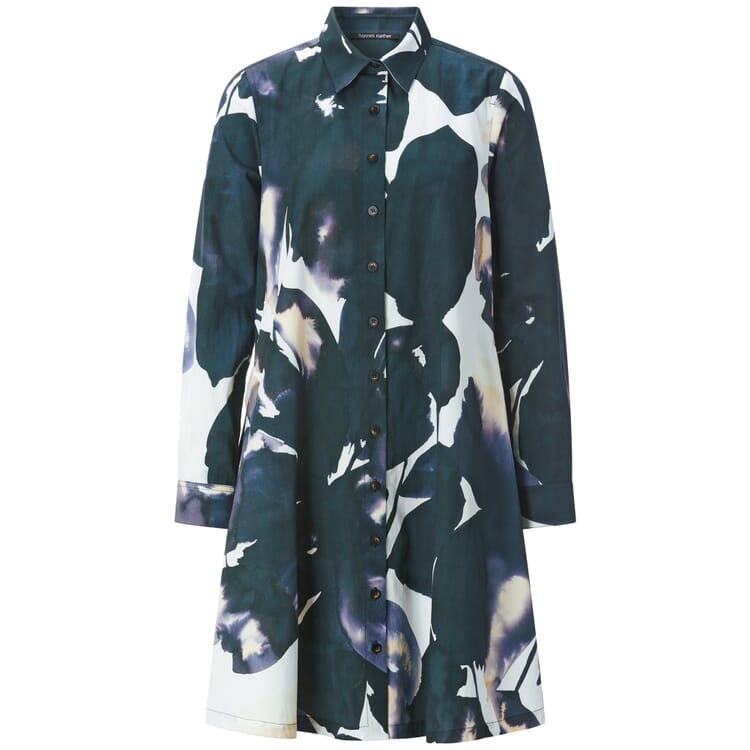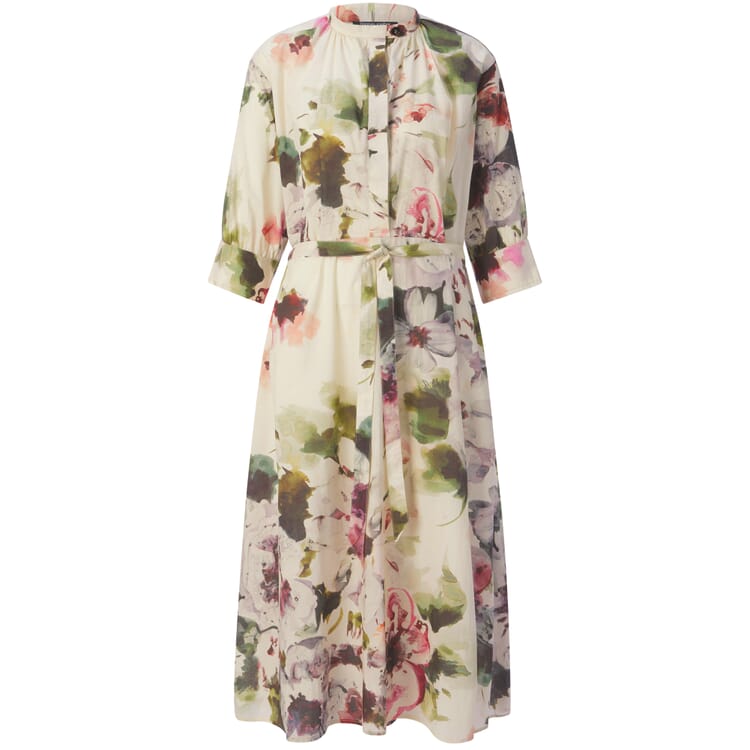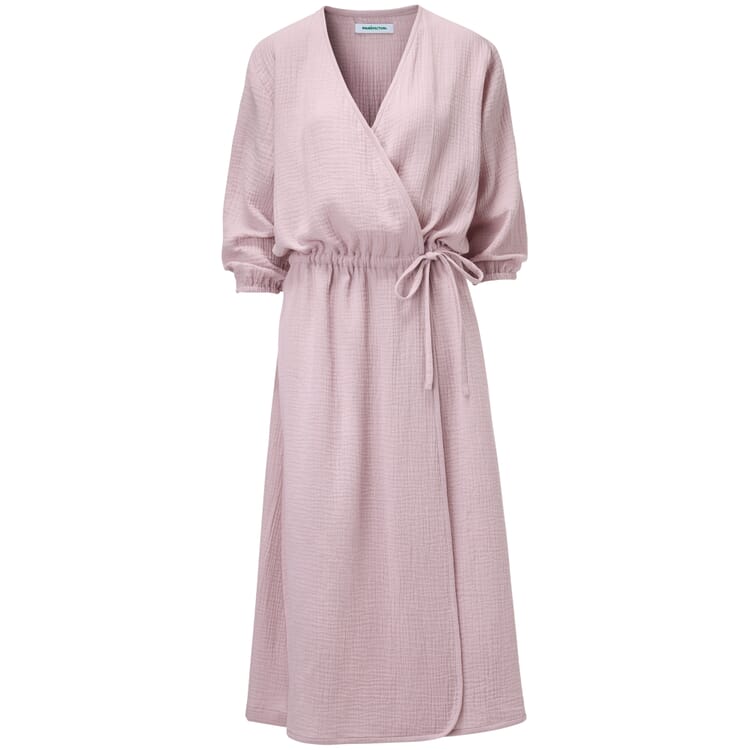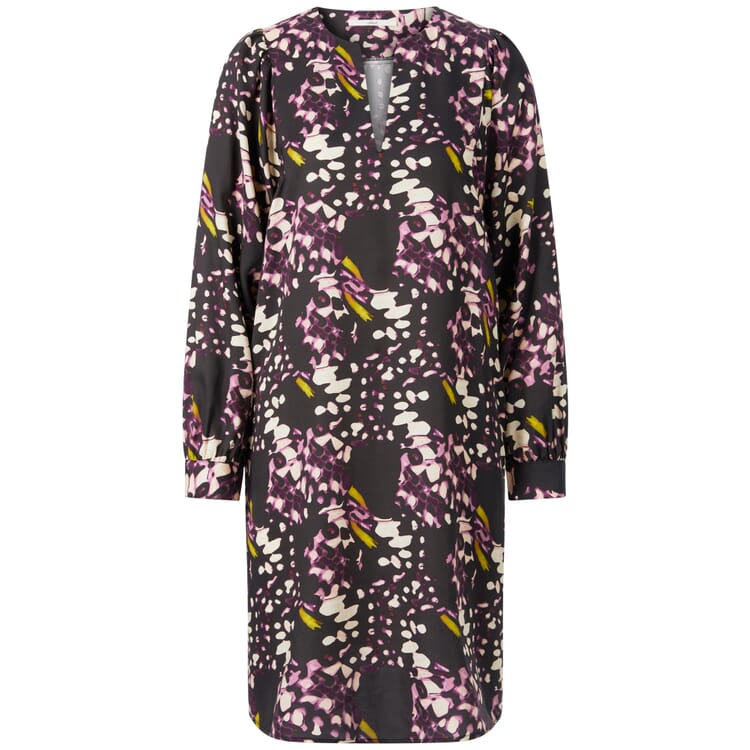Cast off - with linen dresses into the summer
Summer dresses made of linen are not only extremely comfortable to wear, especially in the hot season, but the fiber is also more than wearable from an ecological point of view. Adalbert Stifter, son of a linen weaver, already knew this and summed up: "The flax plant is a friend of man, this plant loves man." And man also loves the plant - at least again - because after it had almost fallen into oblivion in the meantime, it is now hard to imagine summer wardrobes without linen clothes.
Dresses from and with linen at Manufactum
Linen in summer. Cooling and sweat reducing
A linen dress is the perfect summer accessory, not only because of its - it is to be hoped - airy cut, but above all because of the outstanding fabric properties. The linen fiber can absorb up to 35% of its own weight in humidity, but impresses above all by getting rid of it just as quickly. This constant exchange results in a permanently cooling and perspiration-reducing effect, an ability that gives linen a clear edge over the ubiquitous cotton. But even if you want to wear your linen dress in winter, the fabric's temperature-balancing skills are convincing even in cold weather. It's not for nothing that the Brits rhyme "Cool when it's hot, hot when it's not" - cooling when it's hot, warming when it's not. Thanks to the linen fiber's moisture-absorbing tendencies and smooth surface, the fabric is also antistatic and offers hardly any surface for bacteria and dirt to attack. This makes the natural-colored or even white linen dress with its naturally matt and silky shiny surface much more relaxed to wear. This also reduces the amount of care required, which in turn creates space for more summer leisure time. What you wear with it certainly goes without saying - a never-ending cycle in your favor. The icing on the cake: linen is tear-resistant, durable and long-lasting. With timeless linen dresses, such as those from the Manufactum range, you will therefore enjoy them for a long time. It's not for nothing that everyone is rummaging around again for grandmother's indestructible linen. Their dignified, cultivated appearance is not subject to fashions, but the fabric's susceptibility to creasing due to a lack of elasticity is on the downside. However, this will not affect the connoisseur: He calls this product property "noble wrinkle" and attributes to it a habitus full of character. We are inclined to agree.
Tried and tested for millennia. Linen dresses through the ages
Linen is not only a Methuselah among the processed natural fibers, it also hardly had to bow to any competition for a long time. For many centuries, even millennia, the flax fiber lived primarily in peaceful coexistence with wool, and the two had satisfactorily divided "the market" between themselves for each side. Even the ancient Egyptians wore linen clothing, and in Greek and Roman antiquity it was hard to imagine everyday life without it, and in the Middle Ages the fiber's dirt-repellent nature was instrumentalized, preferably for clothing close to the body, but basically for all kinds of uses in everyday life. In Central Europe, the flax fields flourished and linen weaving flourished. Although cotton had also been known for a long time, at least on a global scale, it only lost its position as a distinct luxury good with the expansion of long-distance trade in the early modern era and, above all, with industrialization and the invention of the first spinning machine. As it became more widespread, linen lost more and more of its importance and was finally almost completely replaced in the 19th century, because cotton was now cheaper to buy and at least easier to process mechanically. Since the beginning of the 1980s, however, linen and thus also linen clothing have been experiencing a renaissance thanks to the newly discovered material advantages and ecological strengths - flax is undemanding and requires little fertilizer and pesticides. Whereby a material aesthete has probably never really lost sight of the appeal of linen even in the meantime.

